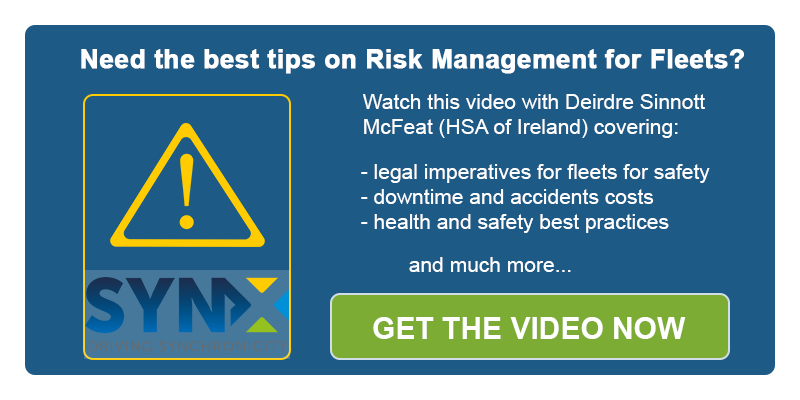
Driver fatigue is one of the biggest contributory factors leading to road collisions. Such collisions are usually severe and are unfortunately often fatal, simply because sleepy drivers cannot take action or react evasively in the immediate moments preceding the accident: the impact usually occurs at high speed, often resulting in serious injuries or death.
Driver fatigue can originate from different causes: it can be anything from simple sleeping problems due to lack of quality recovery time and rest periods at home or during work breaks (which must be properly observed), to the use of prescription drugs which cause drowsiness, or even the presence of daytime sleepiness and diseases such as sleep apnoea.
Obstructive sleep apnoea (OSA) is in fact among the most prevalent conditions leading to excessive daytime sleepiness, in addition to impaired cognitive function, both of which are likely to impair driving ability. An increased risk of traffic accidents has been demonstrated repeatedly, in association with OSA, as well its normalisation with effective treatment.
It is therefore very important that OSA is diagnosed and treated properly. Some of the symptoms that might indicate you suffer from OSA include:
• choking episodes during sleep;
• morning headaches;
• depression;
• waking feeling unrefreshed;
• difficulty concentrating;
• irritability.
If in doubt, and especially if you drive for a living, consult your GP and specify your line of work.
There is also an additional reason for doing this: according to the EU Directive - 2014/85/EU of 1 July 2014 amending Directive 2006/126/EC of the European Parliament and of the Council on driving licences, there are new and far reaching changes to driving licensing for ordinary drivers, but especially for all types of professional drivers. Such regulations especially affect those who have sleep apnoea and daytime sleepiness and all countries in the EU must adopt these new regulations by December 2015 at the latest.
This is what some of the key points within the directive actually state:
11.3.
Applicants or drivers in whom a moderate or severe obstructive sleep apnoea syndrome is suspected shall be referred for further authorised medical advice before a driving licence is issued or renewed. They may be advised not to drive until confirmation of the diagnosis.
11.4
Driving licences may be issued to applicants or drivers with moderate or severe obstructive sleep apnoea syndrome who show adequate control of their condition and compliance with appropriate treatment and improvement of sleepiness, if any, confirmed by authorised medical opinion.
11.5.
Applicants or drivers with moderate or severe obstructive sleep apnoea syndrome under treatment shall be subject to a periodic medical review, at intervals not exceeding three years for drivers of group 1 and one year for drivers of group 2, with a view to establish the level of compliance with the treatment, the need for continuing the treatment and continued good vigilance.
So, sleep apnoea and driving, how can this be dealt with? How should a company that employs drivers deal with the problem of OSA?
Companies with staff who drive for work should train drivers and their managers to look out for common symptoms—suspected sufferers should be taken off driving duty immediately and referred for medical assessment.
Annual health checks can also help identify potential OSA sufferers. Research has indicated that medical examinations for drivers that look for common health issues among sedentary workers, such as obesity, hypertension and diabetes, can help identify OSA in drivers who may not have noticed the symptoms themselves.
Road Safety organisations advise employers to be sympathetic to drivers who may have OSA. Drivers often won’t want to admit there is a problem because they will be scared they will lose their job. Employers can help with this by educating line managers about the condition, particularly the crucial fact that it is treatable.
OSA is treatable, so anyone who thinks they may be suffering should seek medical advice as soon as possible so they can start getting uninterrupted sleep again.



